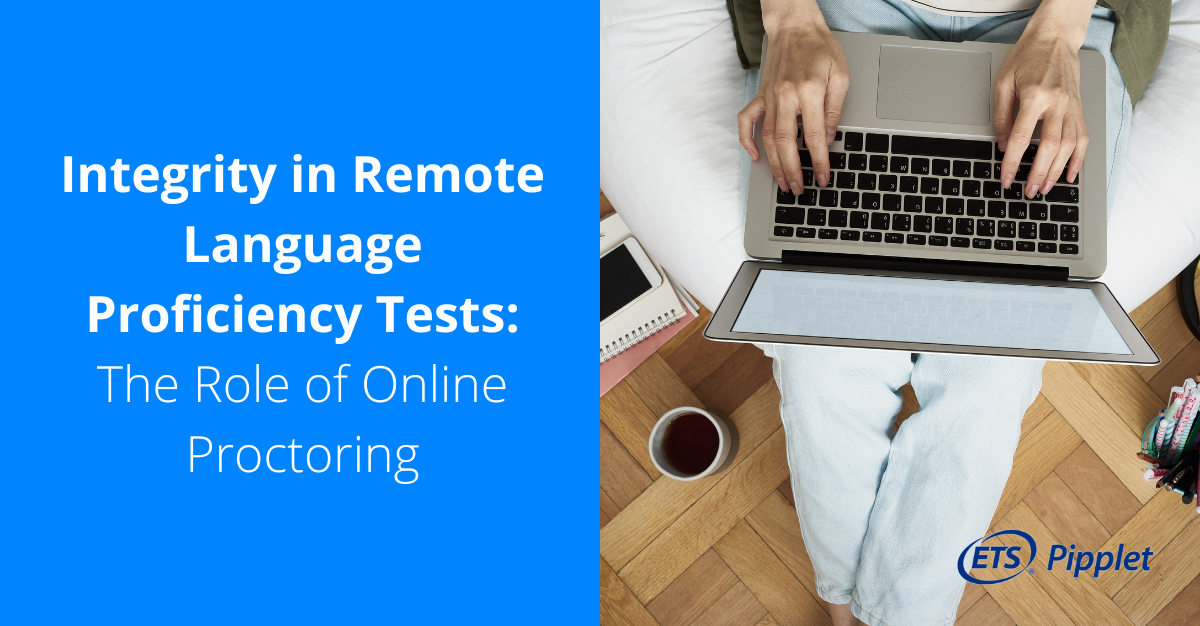The New Pipplet test design is here
We’re working hard on improving Pipplet. We seek a design that would make our test the most user-friendly and would inspire our test-takers to do their best. Today we’re happy to announce the new and improved Pipplet test design 1.2! The main change that you have probably noticed is the visual aspect of the test. No more drawings!
Your illustrations were so cute, why change them?
It’s been hard for us to say goodbye to our initial design as well. But we have to keep moving!
The Pipplet test was born as a solution that would be professional and playful at the same time. But as we grow and expand, we have come to a realisation that it’s one or the other, not both at the same time.
Of course we are not willing to cast aside our identity. The interface will keep its relaxed atmosphere, but photos will give some more of that “professional” vibe that a lot of our clients are used to.
The main reason for us to make this decision is to ensure the best test-taker experience!
The visual part of the test is very important. Since all of the instructions are in the language of the test, pictures are there to reassure test-takers that they understand all the tasks correctly. So we are always extremely careful with the pictures we use.
We have analyzed a great number of responses and realized that real-staged photos encourage test-takers to produce more.
While the sketches are cute, and can be custom-designed to fit exactly the situation we want to recreate, they also lack detail. When it comes to describing a picture, it’s important for it to have enough details, so candidates don't have to rely on their imagination to fully develop their answers. Having clearer and more relatable pictures will provide candidates with more material to build their answers upon.
Photos are also more realistic. Since the main goal of the Pipplet test is to evaluate language skills in a real-life context, it makes sense to set our role-plays in a more lifelike design.
As for the role-play itself, it’s much easier for most test-takers to give higher quality responses if they can “immerse” themselves into the context; photos give them a better opportunity to do so.
Another important reason for us is to give a better representation.
Sociolinguistic approach insists on the importance of a link between our language skills and our social experiences. The easiest subjects to talk about are those we see in our everyday life, and those realities vary across the globe!
We wanted to make sure that our test-takers would not be confused by the visual materials we offer. At the same time, we seek better inclusivity of different social realities and groups to ensure that the majority of test-takers can perform at their best.
Did you like our sketches? Do you have any comments about this new design? Let us know!
Related stories
Pipplet info
10 rue de Penthièvre, 75008 Paris
RCS Paris 813 493 673 00012
Pipplet 2022.
Tous droits réservés
Copyright © 2023 par Pipplet. Tous droits réservés. Toute utilisation ou reproduction non autorisée est strictement interdite. Pipplet est une marque déposée de Pipplet. ETS et le logo ETS sont des marques déposées d'ETS, utilisées sous licence en France par Pipplet.











